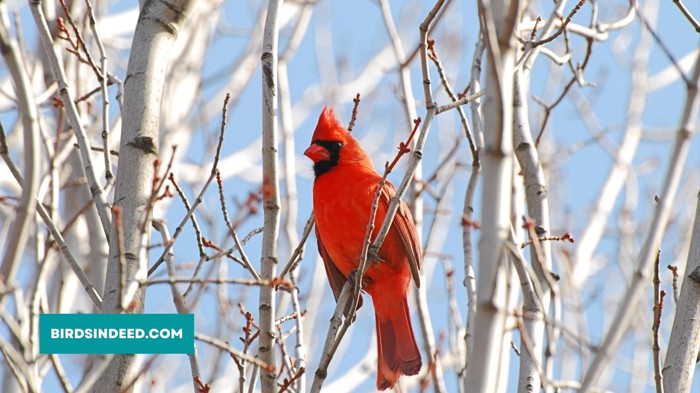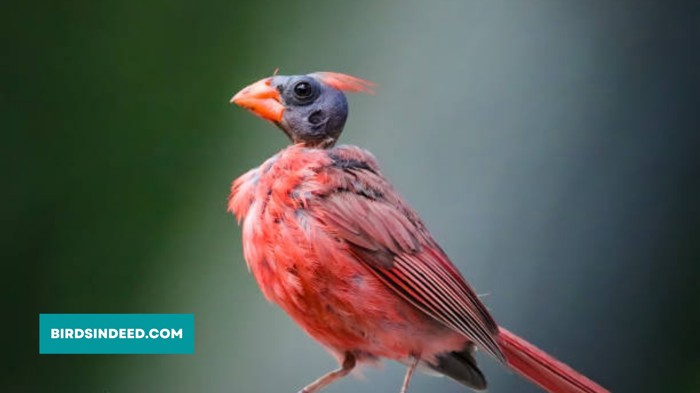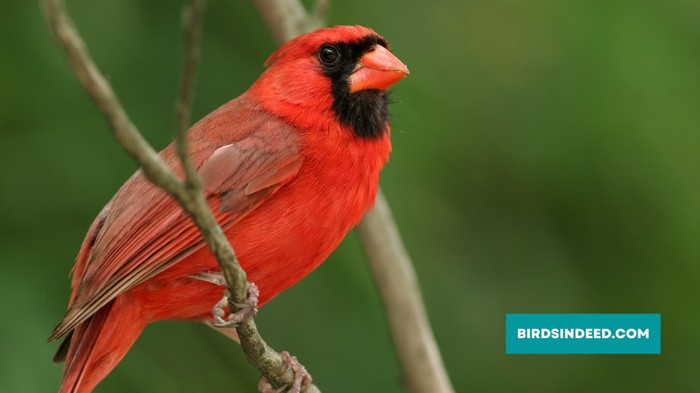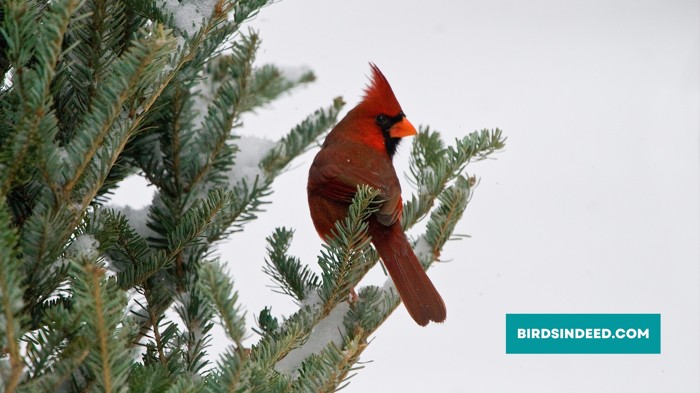Cardinals are a favorite sight for many nature enthusiasts because of their stunning red plumage. In the 1880s, the Southern United States was home to the majority of Northern Cardinals. But lately, their habitat has expanded to the North and Midwest, especially along the Missouri and Mississippi Rivers. They have grown to be among the most favorite birds that visit backyard feeders in recent times. But how long do cardinals live on average and what is their typical lifespan? In this article, we’ll tell you all about the lifespan of cardinals and what affects their mortality.
So, how long do cardinals live? The Northern Cardinal has a 3-year lifespan on average in the wild. However, some have been recorded to live for 13 to 15 years. These birds live substantially longer lives in captivity, with the longest life span being 28 years.
Nevertheless, a lot of birds do not make it past the nestling stage. In reality, about 40 to 60 percent of Northern Cardinal nests fail, which means that all unhatched nestlings die. Cardinals can have up to four broods per year, and the chicks fledge in just about ten days, which compensates for their poor nestling survival rate.
Contents
The Lifespan of Different Types of Cardinals
Considering that cardinals are songbirds, big predatory birds such as falcons often hunt on them. In reality, Northern Cardinals, the most common species of cardinals, live for only three years on average. However, several other common cardinal species manage to live for a longer period of time. The average lifespans of these species are listed below:
- Desert Cardinal: 6 to 8 years, in the wild; mostly found in the desert areas of Mexico and the USA.
- Northern Cardinal: 2 to 3 years, in the wild and 13 to 15 years, in captivity; their native region is North America and Central America.
- Red-Capped Cardinal: 3 to 6 years, in the wild; primarily found in South American greenery around lakes and rivers.
- Red-Crested Cardinal: 3 to 6 years, in the wild and 13 to 15 years, in captivity; they are found throughout South America.
- Vermilion Cardinal: 2 to 3 years, in the wild; this kind of cardinal is found in Colombia and Venezuela.
The Life Cycle of Cardinals
Before we go into the details of the cardinal life cycle, let’s have a quick look at the table below, which contains information about their various life stages:
| Life Stage | Time Period |
|---|---|
| Incubation | 11-13 days |
| Nestling | 7-14 days |
| Learn to forage and fly | 20 days |
| Juvenile | 1 year |
| Adulthood | 1+ years |
Female cardinals spend 11 to 13 days incubating their eggs. The parents care for the nestlings for 7–14 days after they hatch, until they are able to leave the nest.
The male cardinal takes care of fledglings who have stepped outside the nest. While they hop along on the ground, he teaches them how to forage for food.

The fledglings should be able to fly by day 20. They typically stick close to their parents at this young age and join the rest of the flock in the fall.
For the first year of their lives, young cardinals retain their light gray and brown feathers. The first fall season is when they molt, but the second fall season is when they get bright red feathers.
Read: Do Crows Attack Dogs? Experts Weigh In
The Factors Which Impact Cardinals’ Lifespan
Compared to other birds, cardinals have the potential to live relatively long lives. But it’s not just a matter of good genetics. There are a variety of circumstances that impact how old a cardinal can get. So, we’ll look into a list of the factors that affect a cardinal’s lifespan:
Access to Food
Like any other living being, cardinals require food to survive. Bird experts attribute the growing cardinal population to all the people who place bird feeders for cardinals, particularly during the winter. Sunflower seeds are a regular part of the diet for cardinals. They also eat various grains, fruits, pine tree seeds, safflower seeds, chickweed, and other weeds.
Dehydration
Dehydration has the biggest impact on a Desert Cardinal’s life expectancy. As the name suggests, this species is found in deserts where there are few water sources available. The average temperature in deserts is also rising because of global warming. This species may become extinct as a result of habitat loss and dehydration.
Diseases
Cardinals can get bacterial, fungal, and viral infections just like any other bird. The most common disease in cardinals is the mosquito-borne avipoxvirus. Cardinals may die if they develop avian pox lesions. Other diseases that can kill cardinals include avian cholera, aspergillosis, salmonellosis, and lethal conjunctivitis.

Parasites
It’s common for parasites like mites and ticks to infest Northern, Vermilion, and Desert Cardinals. These creatures can quickly cause damage to a bird’s feathers once they get on its body.

The feathers of this bird are damaged by nematodes, protozoans, and ectoparasites. Parasites are also responsible for lung lesions and avian malaria.
Predation
Predation is a crucial factor that affects the lifespan of all birds. Cardinals and other songbirds are often killed by large predatory birds and some mammals. From birth to adulthood, cardinals must protect themselves against large predators at all stages of their lives.
Cardinal eggs are eaten by squirrels, chipmunks, snakes, owls, hawks, and shrikes. Adult cardinals and fledglings are preyed upon by cats, foxes, owls, hawks, and snakes.
Shelter
Cardinals are small birds which makes them an easy target for predators. In order to hide and defend themselves from predators, they require a well-sheltered area. That’s why they prefer to rest and build their nests in thorny bushes and branches. Although their natural habitats are forests and woods, they have also adapted to living in urban parks, gardens, and backyards.
Starvation
Their food supply is limited during the winter. These birds consume less food than they require in the winter because of shortage. Many cardinals die due to starvation. Scientists claim that a food deficit leads to several problems, including kidney failure, weak muscles, low blood pressure, and low fat.

All of these factors have an impact on the cardinal’s lifespan.
That’s All, Folks!
The Northern Cardinal has a three-year lifespan on average, but under the right circumstances, it can live much longer. They live much longer when there is plenty of food, a safe place to stay, and fewer predator birds. In captivity, they are safe from accidents, diseases, and predators.
Despite losing their spouse, female cardinals continue to breed throughout their lives. They are ready to breed in their first spring season. They also brood multiple times during the breeding season. These characteristics might be the reason behind the stability of their populations.
Recently, backyard feeders have grown to be a significant source of food for cardinals, which helps them compete for food with other songbirds. You may do your part by installing a feeder for these chirpy little birds in your yard if you want them to live and thrive.

Tawsif is the author of Birds Indeed, a blog celebrating the beauty and diversity of birds. With a Master’s degree in Law, Tawsif brings a unique perspective to the world of ornithology. Join Tawsif on their journey of discovery as they share their knowledge and love of birds with the world.







